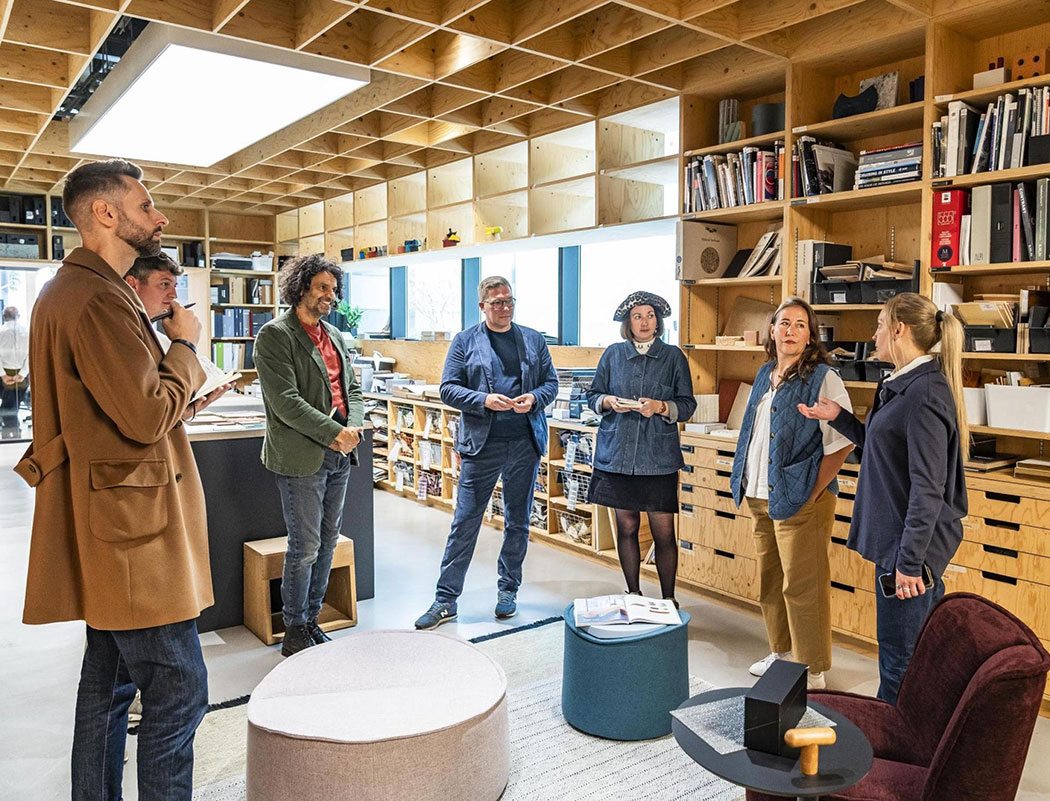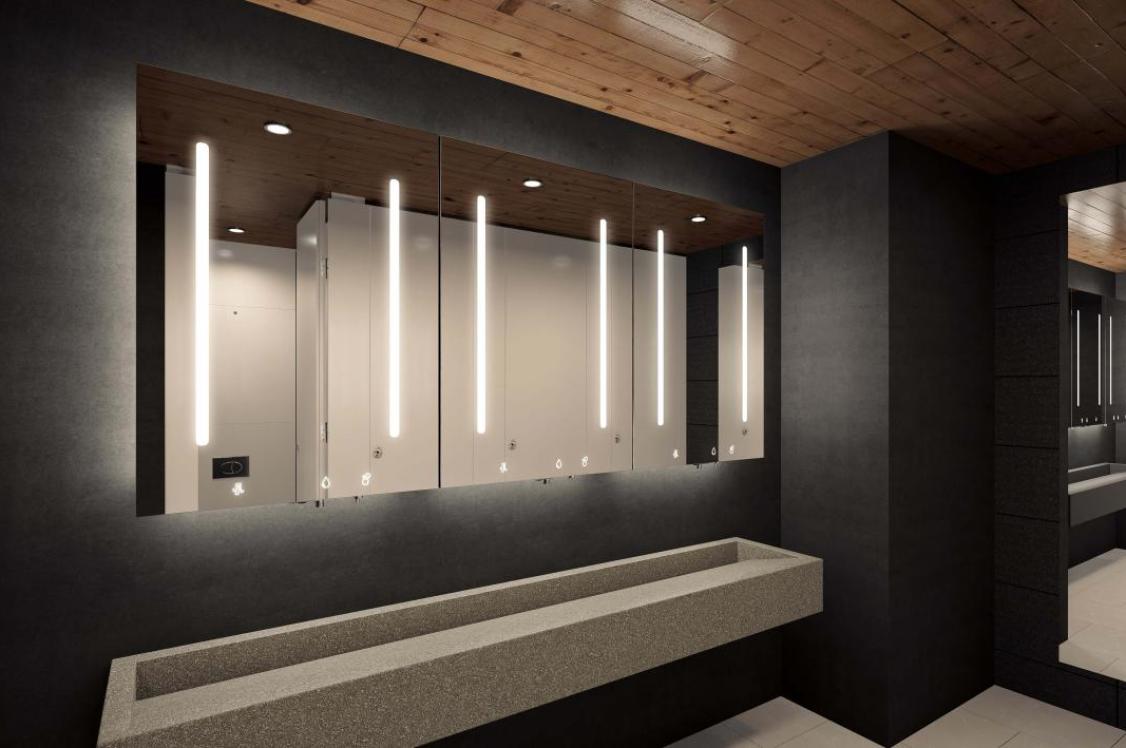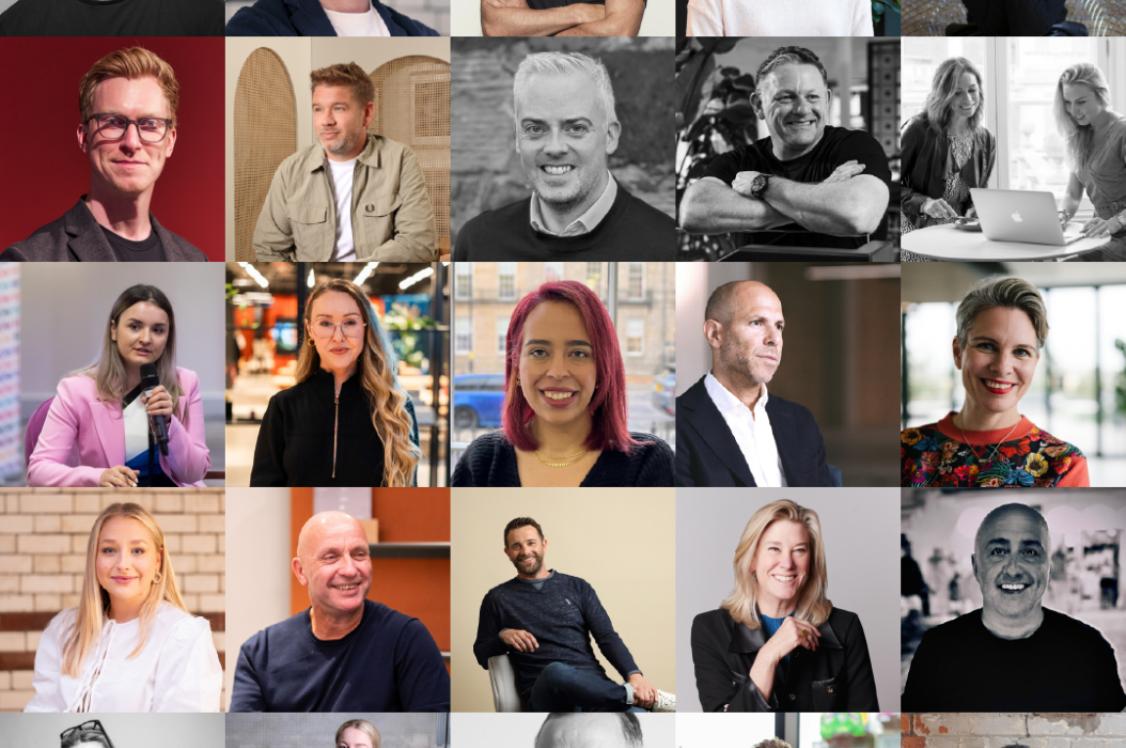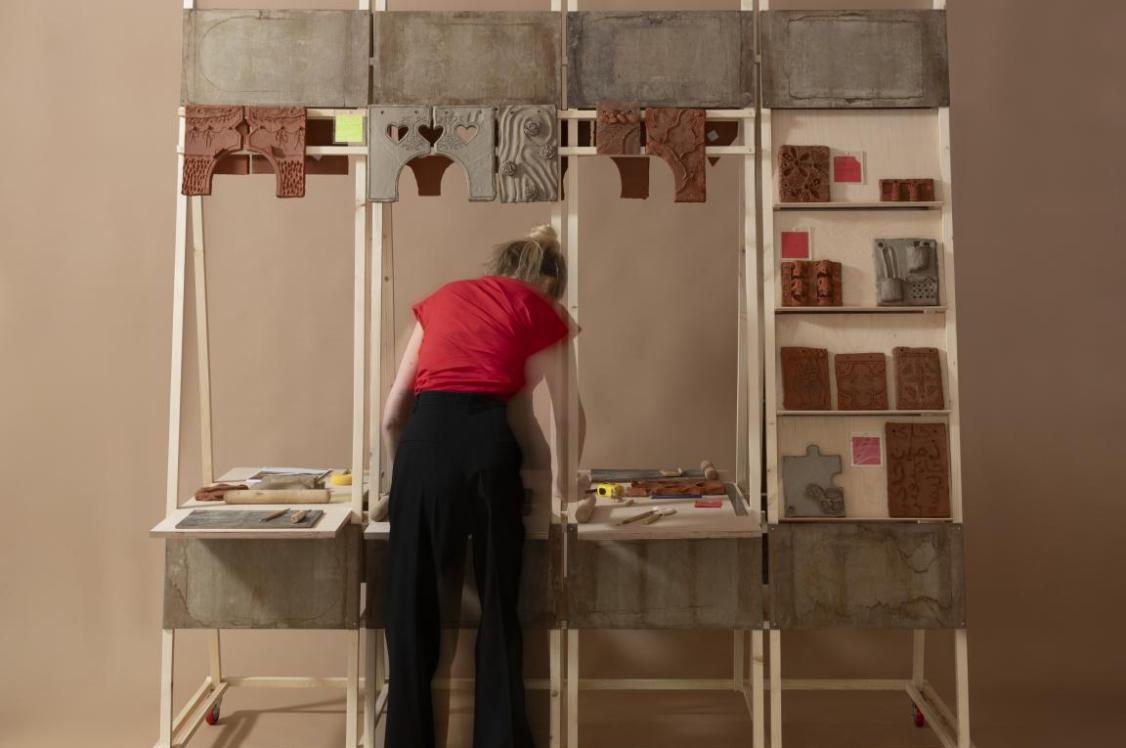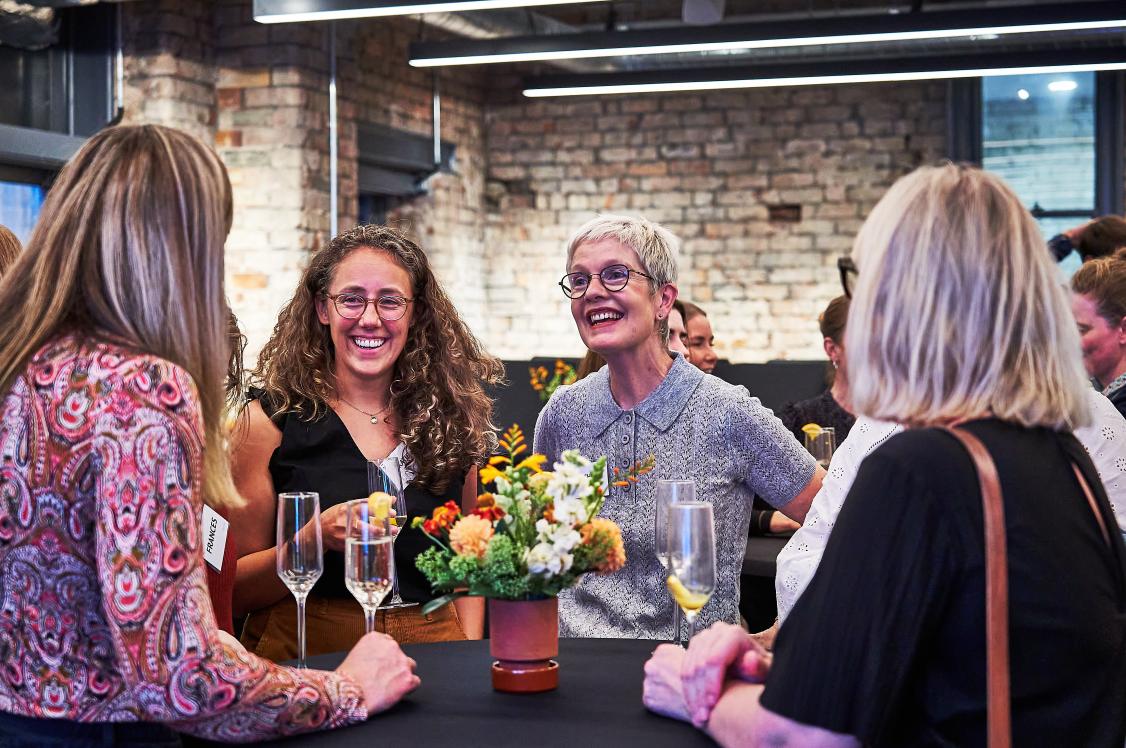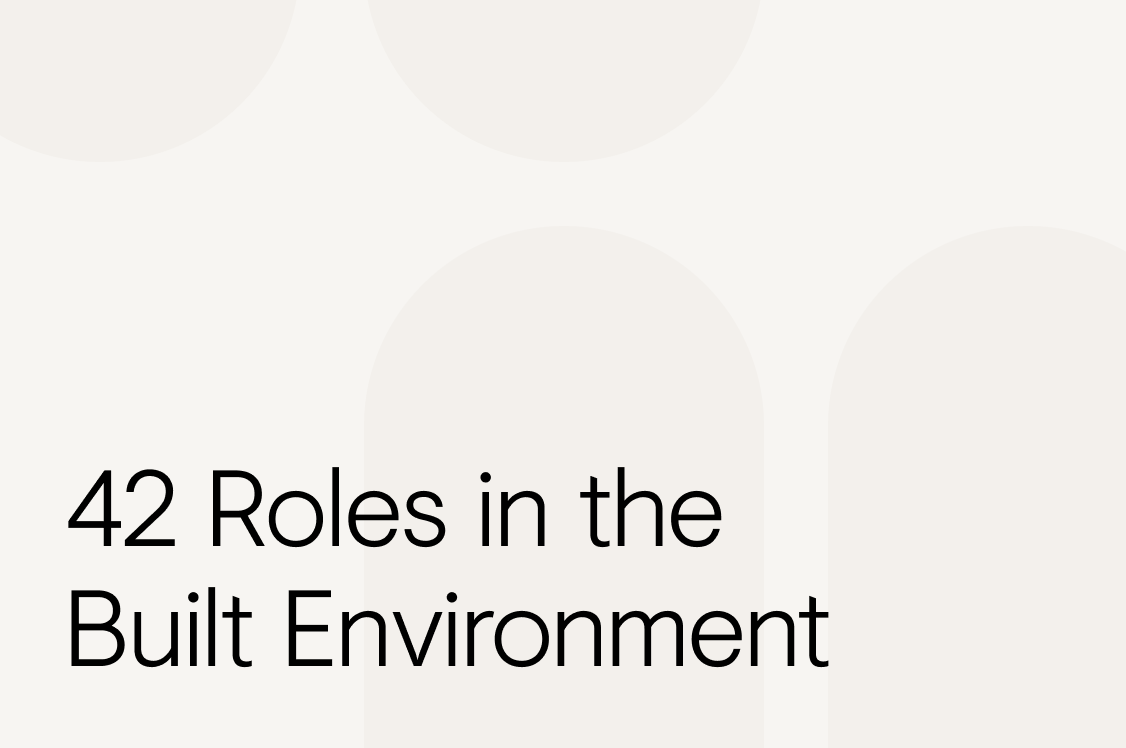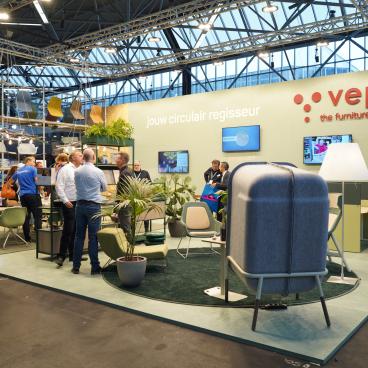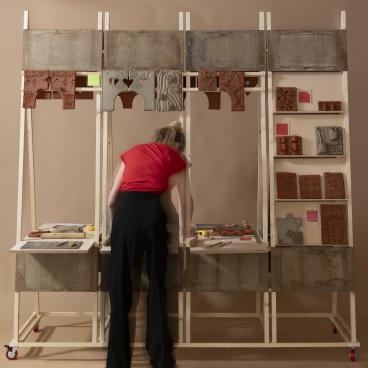Peter Kerr, director, Cameron Kerr, on building bots, innovative integration, and the end of entry level as we know it.

Credit: Lewis Cannon
We first interviewed Peter Kerr back in 2021, after hearing him discuss on a panel the rise of technology in facilitating hybrid working.
Four-years on, and Peter - a Chartered Building Services Engineer with a love of science - has recently co-founded his own consultancy, Cameron Kerr, alongside David Cameron, offering creative problem solving to deliver "innovative and elegant design solutions".
With Peter's pioneering attitude to embracing technological advancements, it makes sense the operations at Cameron Kerr are supported by AI.
On a recent roundtable, Peter shared that his self-learning of various AI programmes and Large Language Models has led him to develop bespoke bots, which, with training, have become useful colleagues. In turn, transforming entry level roles from creators to quality controllers.
In our latest catch-up, we discussed the impact of AI, for better and worse in the engineering sector, while surmising how it may be used on a wider scale in the not-so-distant future.
Read Peter's thoughts below...
You've recently started your own consultancy - Cameron Kerr - congrats! What made you take this next step?
"Thank you. Founding Cameron Kerr with my colleague David was a strategic progression after years spent operating at the convergence of building performance, sustainability, and digital transformation.
"We identified a persistent market need for independent, technically robust advice, particularly in navigating rapid developments in smart systems, net zero frameworks, and artificial intelligence.
"Our consultancy enables more agile delivery, deeper engagement with clients and getting to the point quick."
You're what many would consider an AI pioneer in the built environment sector - where did the drive to embrace AI come from?
"It was part necessity, part curiosity. Engineering teams are under constant pressure to optimise accuracy, efficiency, and scalability. However, a significant portion of our time was being consumed by repetitive data handling and slow decision cycles.
"Artificial intelligence offered a practical route to offload non-value-adding tasks and surface actionable insights from complex datasets. Once I saw its potential to reshape project workflows, I committed to exploring its applications further."
How did you get started?
"I began by automating routine tasks, such as advanced document searches, data cleaning, and templated report generation. I also trialled natural language querying of structured datasets to accelerate reviews. The learning process was iterative and application-driven with little automated integration in the early days."
You've created your own chat bots - tell us more
"These bots are specific tools built to support engineers in high-volume data environments. One example is a diagnostic bot that processes thousands of building performance records and returns operational anomalies or optimisation opportunities.
"Others assist with project data retrieval, document summarisation, or internal knowledge navigation and training. The key innovation lies in embedding engineering logic into the models so they deliver relevance, not just responses and they learn!"
On a recent roundtable on the topic of AI, you mentioned perhaps chat bots being more promising than some engineering graduates - can you elaborate on that for us?
"It is a provocative point, but not intended as a dismissal of early-career professionals. What I meant is that artificial intelligence models, particularly large language models, are increasingly capable of performing tasks we typically allocate to junior staff, such as calculations, extracting insights from reports, comparing design options, or synthesising technical inputs.
"They operate at speed and with increasing accuracy. This shift is changing how we define the value of an entry-level role. The future graduate will need to understand how to orchestrate and quality-check artificial intelligence outputs, rather than simply replicate them."
What are the key benefits of AI for the built environment sector do you feel?
"The benefits are becoming clearer:
"Operational efficiency: Automating repetitive, time-consuming processes.
"Data insight: Enabling multi-variable analysis across large datasets.
"Speed to outcome: Supporting faster iterations in design and delivery.
"Standardisation: Ensuring consistency in outputs."
Any downsides?
"Several exist. Data quality remains a critical dependency; poor inputs lead to flawed outputs. Over-reliance is another risk. Models can produce confident but incorrect conclusions, so human oversight is essential.
"There is also a skills gap in terms of adoption readiness, and unresolved ethical questions around transparency, authorship, and workforce displacement. These issues need to be actively addressed alongside technical progress."
For anyone thinking they don't know where to start, what would be your advice for them?
"Begin with a defined use case, ideally something low-risk but repetitive, such as automating a weekly task or improving data validation.
"Tools like Power Automate, scripting in Excel, or using large language models for document parsing are accessible entry points.
"The key is to stay problem-focused and iterative.
"Do not use artificial intelligence as a novelty; it is about solving real, recurring issues more effectively."
How soon do you think AI will become the norm?
"In many respects, it already is, from search functionality to automated scheduling to building information modelling-integrated analytics.
"However, over the next two to three years, I expect a shift from isolated tools to fully integrated workflows where artificial intelligence is embedded within design, operations, and asset management processes.
"The tipping point will be client expectations, when artificial intelligence capabilities become a baseline requirement in consultancy deliverables."
What are we yet to see?
"Generative design that incorporates live performance feedback and user behaviour remains in its infancy. Contextual artificial intelligence tools that understand engineering constraints and project-specific nuances are also not yet widely available.
"I believe embedded artificial intelligence assistants within core platforms such as Revit or IES, which guide decisions in real time, will become more common."
What's next for Cameron Kerr with AI in mind?
"We are currently piloting solutions that combine artificial intelligence with building performance tuning as well as completing the automation of many back of house functions.
"The aim is to reduce not only overheads, but to create time to be more creative designers."







